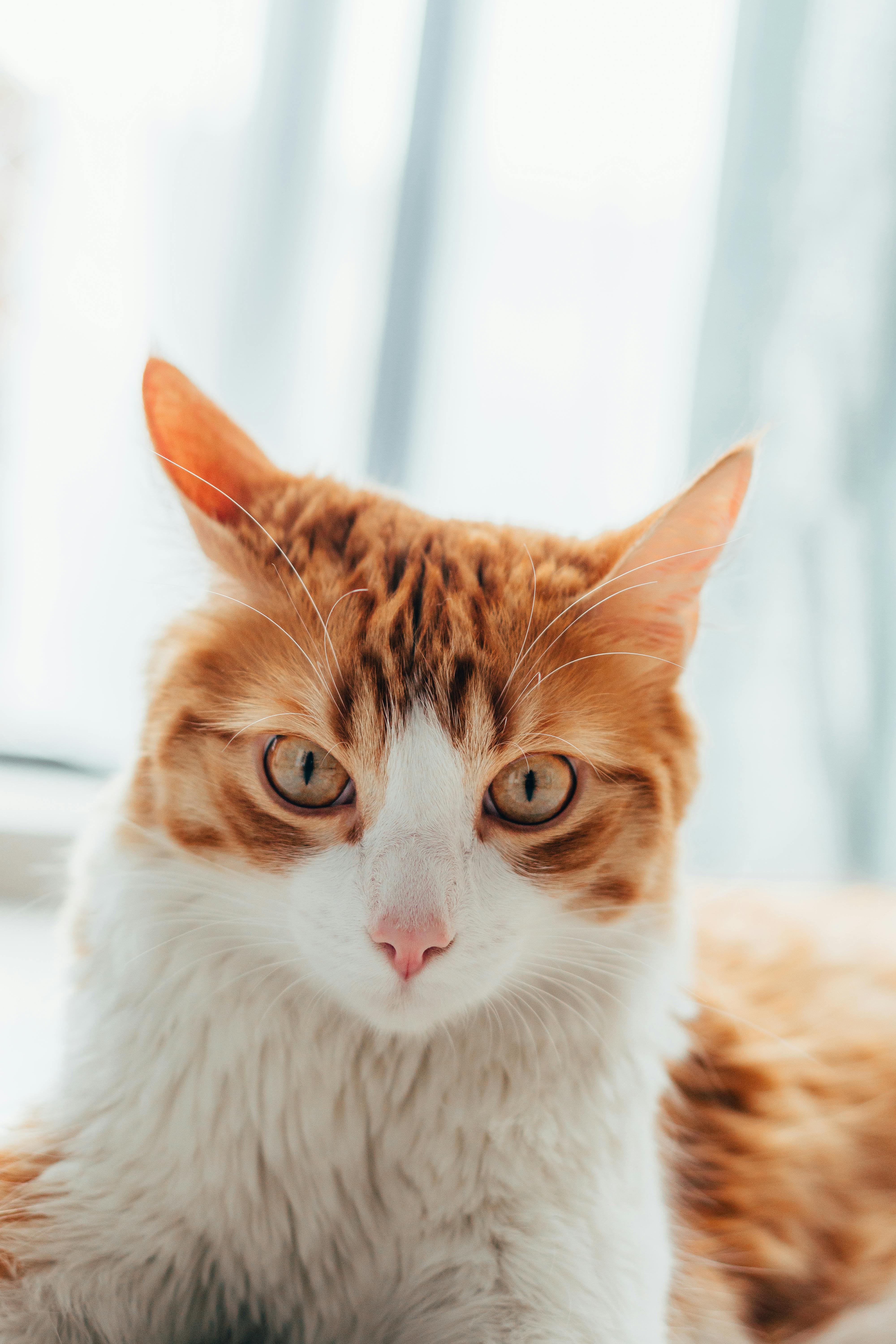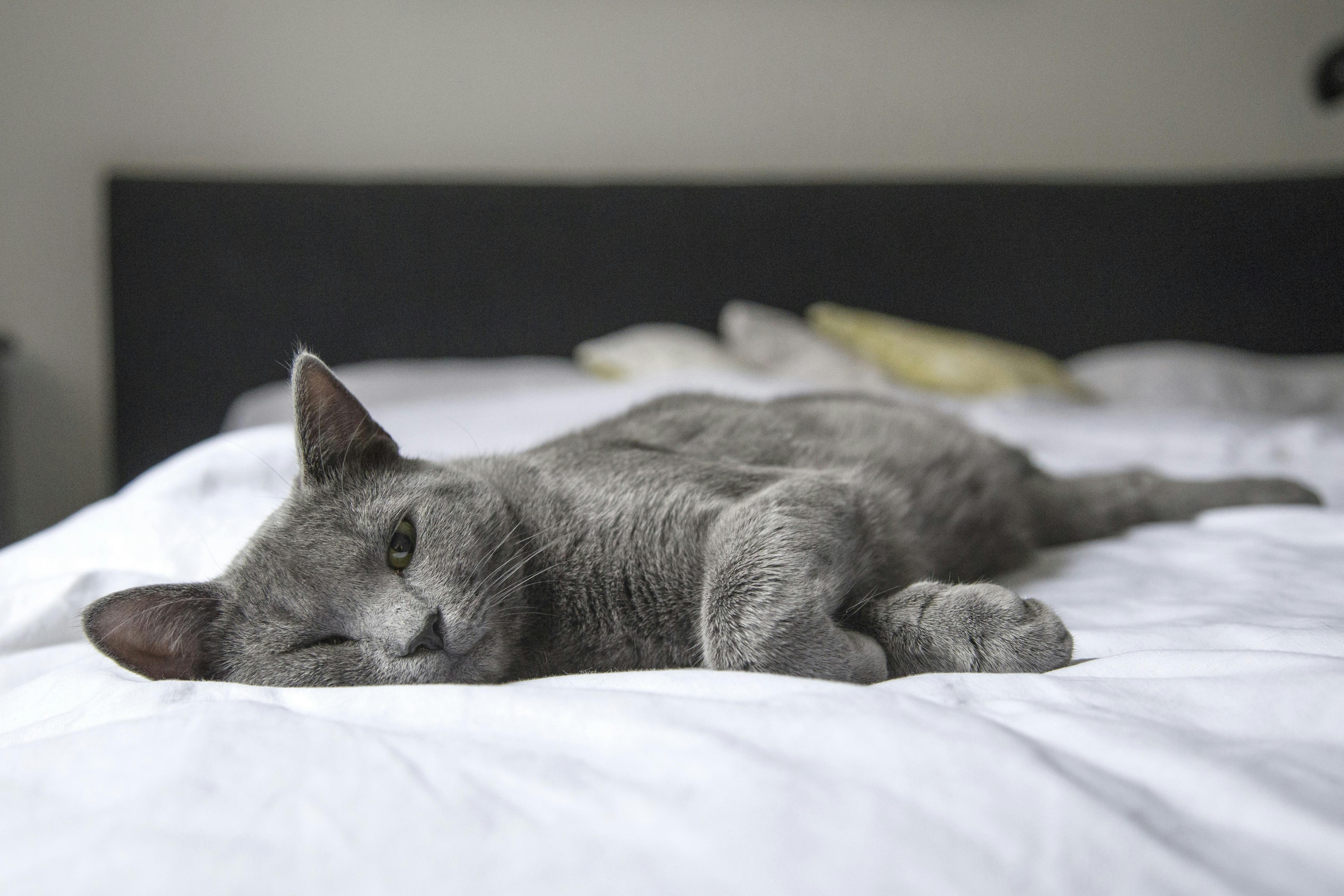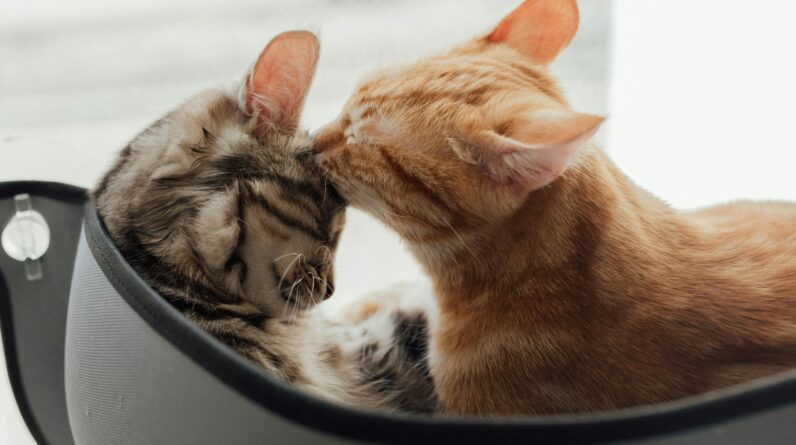
Are you a cat lover who sneezes around felines? You might be allergic! But don’t worry; there are *hypoallergenic cats* that can be your furry friends without causing allergies.
Hypoallergenic cats produce fewer allergens. Allergens are proteins found in a cat’s skin, saliva, and urine. When cats groom themselves, these proteins spread to their fur and cause reactions in people.
The good news is some cat breeds naturally produce fewer of these proteins! This means less sneezing and more cuddles for you.
*Did you know vet visits for your ginger pal can cost up to $80, and emergencies can hit thousands? 😮 But worry not! Pet insurance has got your back. For a tiny cost, avoid huge bills and keep your kitty healthy.*
*Click here* for peace of mind and endless purrs!
Understanding Cat Allergies


Cat allergies are more common than you might think. They affect many people worldwide, causing sneezing, itchy eyes, and even breathing problems.
The main culprit is a protein called Fel d 1. This protein is found in cat saliva, skin cells, and urine. When cats groom themselves, they spread these proteins onto their fur.
When the fur sheds or flakes off as dander, it spreads into the air and onto surfaces around your home. That’s when you might start feeling those annoying allergy symptoms.
Interestingly, some cat breeds produce less Fel d 1 protein than others! These breeds are often considered hypoallergenic because they cause fewer allergic reactions.
Understanding how cat allergies work can help you make better choices about which feline friend to bring home.
Top Hypoallergenic Cat Breeds


If allergies have you worried about getting a cat, don’t fret! Some breeds are less likely to trigger those pesky symptoms.
First up is the **Siberian**. Despite their fluffy coats, they produce lower levels of Fel d 1 protein.
Then there’s the sleek **Balinese**, often called the “long-haired Siamese.” They also produce less of this allergen.
The **Russian Blue** is another excellent choice. Their dense double coat traps allergens close to their skin.
Don’t forget the charming **Bengal** cats! They have unique pelts that shed minimally, reducing dander spread.
The elegant **Oriental Shorthair** has short fur and produces fewer allergens as well.
Last but not least, meet the hairless wonder: the **Sphynx**! With no fur to trap allergens, they’re a top pick for allergy sufferers.
Care Tips for Hypoallergenic Cats
Taking care of a hypoallergenic cat involves some special steps to keep allergies at bay.
**Regular grooming** is key! Brush your cat often to remove loose fur and dander.
Bathe your feline friend occasionally. This reduces allergens on their skin.
Use a **damp cloth** to wipe down your cat weekly, especially if they have short fur.
Consider using an **air purifier** in your home. It helps trap airborne allergens.
Cleaning is crucial, too! Vacuum carpets and upholstery frequently to remove dander.
Launder bedding and soft toys regularly in hot water for best results.
If possible, create *allergy-free zones* in your home where the cat isn’t allowed.
This can include bedrooms or specific furniture pieces
- Look for high-quality food rich in omega-3 fatty acids.
Caring for a hypoallergenic cat takes effort but keeps everyone happy and sneeze-free!
Myths About Hypoallergenic Cats


When it comes to hypoallergenic cats, there are many myths floating around.
One common myth is that these cats have no allergens at all.
The truth is, *no cat is completely allergen-free*. Hypoallergenic breeds just produce fewer allergens.
You might hear that short-haired cats are always hypoallergenic.
This isn’t true either! Both short-haired and long-haired cats can be hypoallergenic.
Another myth suggests bathing your cat every day eliminates allergies entirely.
- This could actually harm your kitty’s skin!
Bathing occasionally helps but daily baths aren’t necessary or recommended for their health.Some people believe certain colors of fur are less allergenic.No scientific evidence supports this claim; color doesn’t affect allergen levels!
You may also think getting a kitten will mean fewer allergies compared to an adult cat
Kittens might shed less dander initially but grow up to produce normal levels
.Lastly, don’t fall for the idea that expensive breeds guarantee low allergens
- A higher price tag doesn’t ensure a hypoallergenic pet
.So remember: understanding these myths helps you make better choices when picking a feline friend.
Choosing the Right Breed for You


Choosing the right breed of hypoallergenic cat for you is important.
Consider your lifestyle and preferences before making a decision.
If you have allergies, breeds like the *Balinese* or *Siberian* might be perfect.
These cats produce fewer allergens, making them suitable for allergy sufferers.
Think about how much grooming you’re willing to do too.
- The Cornish Rex has short fur that requires minimal grooming.
.However, the Siberian cat needs regular brushing to keep its coat healthy.Your living space also matters when choosing a breed! If you live in an apartment, more active breeds like Bengals might need more room to play!.
If you’re seeking affection and cuddles, consider a Ragdoll or Sphynx
They are known for their friendly and loving nature.
.Remember, every cat has its own personality regardless of breed
*It’s essential to spend time with potential pets before deciding.*
- This helps ensure compatibility with your family members or other pets at home!
Your budget should also factor into your choiceCertain breeds can be expensive due to rarity or special care needs!.Don’t forget about pet insurance either! Did you know vet visits for your ginger pal can cost up to $80, and emergencies can hit thousands? 😮 But worry not! Pet insurance has got your back. For a tiny cost, avoid huge bills and keep your kitty healthy. Click here for peace of mind and endless purrs.







